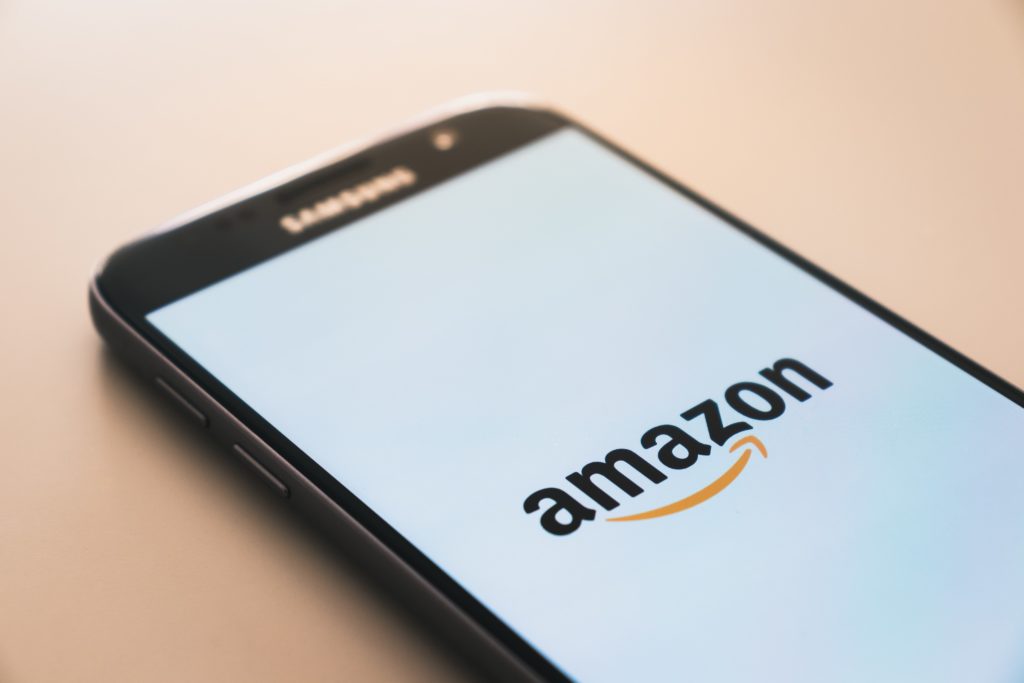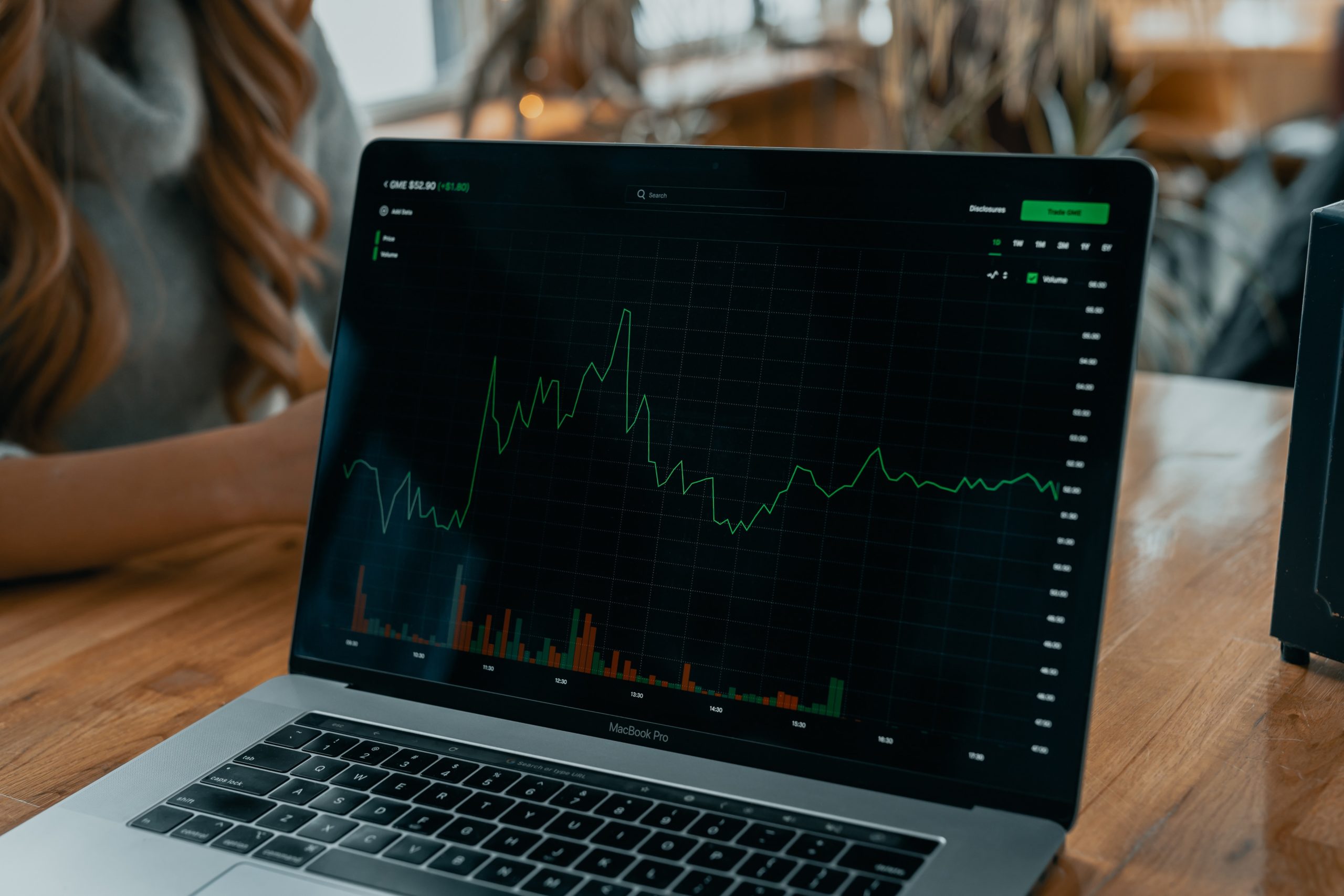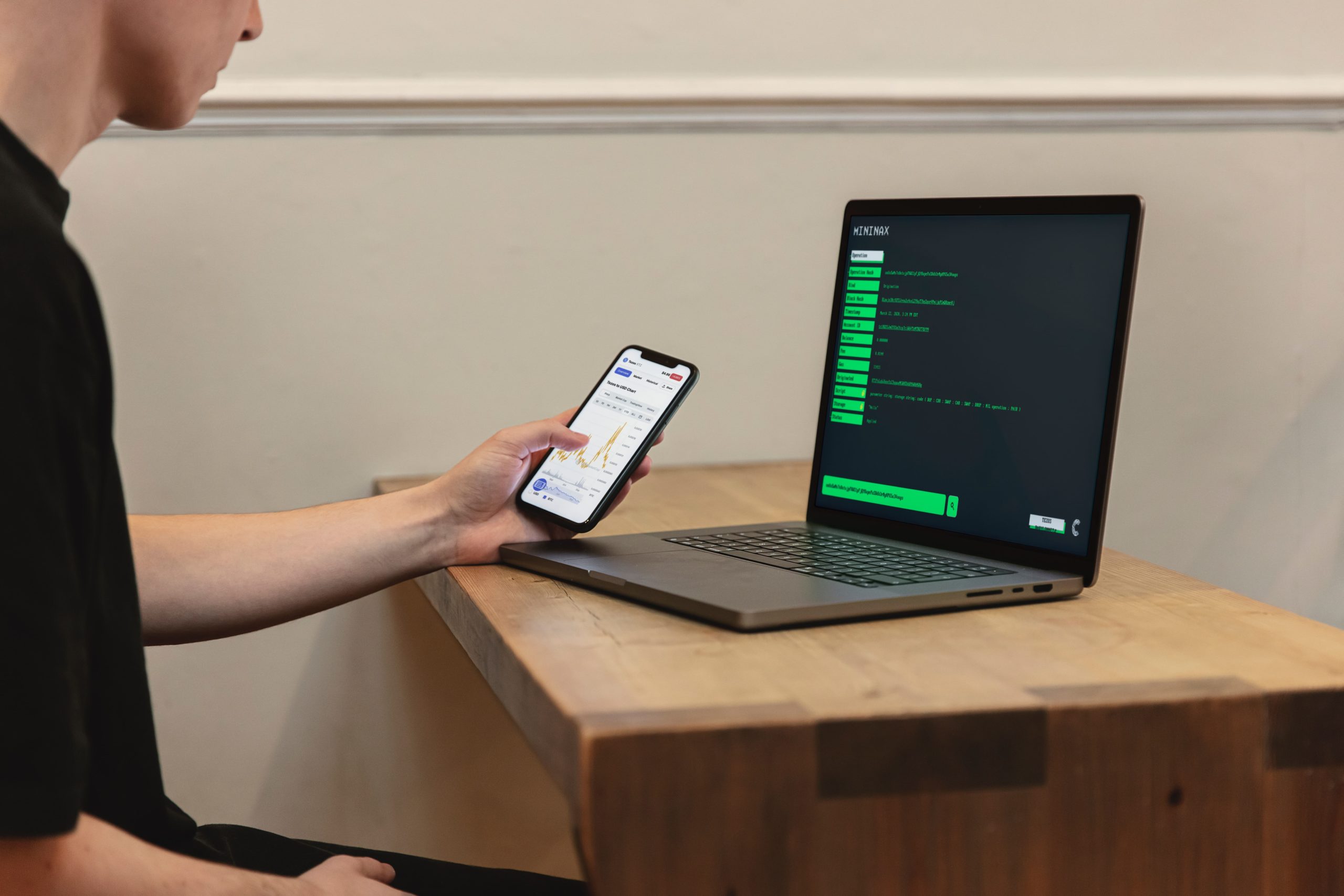Amazon appears to be a part of every area of our life, including payments, from supermarket shopping to smart home gadgets.
It is a payment option that enables Amazon customers to utilize the payment methods currently saved in their Amazon accounts to pay for goods and services on your website.

What it is
With the account, a consumer may make online purchases using the saved payment methods in their Amazon account without having to enter any additional information.
It is compatible with various third-party e-commerce websites. This is a simple and safe method of payment for consumers.
How it works
Through the Amazon Payments SDK, third-party e-commerce sites can add the Pay button to their checkout. To add the button to your website, simply utilize Shopify, BigCommerce, Magento, or Zuora, four of Amazon’s top partners if you sell products online.
Following the addition of the button to your checkout, the following occurs:
- During checkout, a customer clicks the Amazon Pay icon or button
- They’re redirected to an Amazon page where they can log in
- They visit your website again to finish the checkout procedure
- They choose which Amazon credit or debit card to use
- Following the successful completion of the transaction, they get an Amazon Pay receipt
The transaction is facilitated by Amazon’s payment SDK, which then transfers the funds to your account after deducting the transaction charge. Each domestic transaction with the account costs 2.9 percent plus $0.30. (This cost is typical for most e-commerce payment platforms.) Transactions made with it often settle the same day.
Benefits
Adding a simple, secure payment option to your checkout, can help you raise conversions and customer loyalty.
Because it has over 310 million active users, your target market is almost definitely already using it, which offers a trusted and familiar purchase experience.
By fostering more customer trust, shortening your checkout process, and supporting omnichannel payments, this payment option assists you in increasing conversions in three different ways.
Increase customer trust
20 percent of US online buyers have canceled an order owing to security concerns, according to Baymard’s analysis on checkout usability. Accordingly, if your checkout isn’t viewed as secure, you can lose out on one in five customers.
Including reputable brand payment options like PayPal and Amazon Pay will help reassure skeptics.
On your website, there is no need for them to submit any sensitive credit card information, and Amazon does not share passwords or payment information with other e-commerce businesses.
As a bonus, Amazon’s A-to-Z Guarantee, which covers both the prompt delivery and the condition of an online item, covers most purchases made with the account.
If either is not sufficient, customers can notify Amazon of the issue, and the company will decide whether they qualify for a full or partial refund.
Streamline your checkout
A lengthy or confusing checkout process caused 28% of online shoppers to abandon their shopping carts, according to Baymard.
By enabling customers to use the address and payment details they normally use with Amazon, adding it as a payment option at checkout saves them time.
They can get into their account and finish checkout with just a few clicks rather than having to enter their payment and shipping information. This helps ensure a smooth checkout, which can lower cart abandonment and encourage repeat business.
Multichannel payment option
One of the most popular buzzwords of 2018 has been omnichannel commerce and for good reason. According to the Harvard Business Review, 73% of consumers used various channels to shop.
The main lesson to be learned from this year’s increase in multichannel purchasing is the importance of providing a consistent shopping experience on all platforms, especially mobile and desktop e-commerce.
Through the same e-commerce innovations that enable Amazon.com, Amazon Pay makes it simple for customers to buy products online, on mobile devices, and even with voice commands – such as through an Amazon Alexa device.









